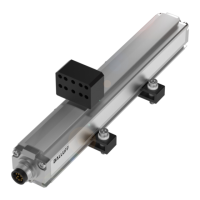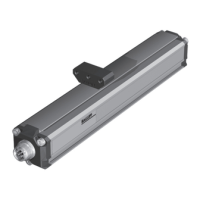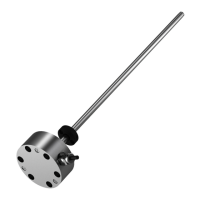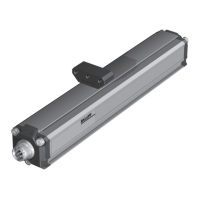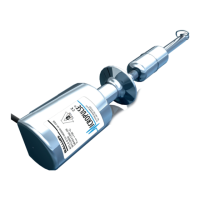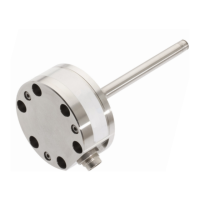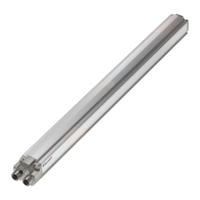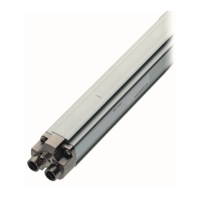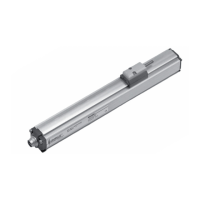
Do you have a question about the Balluff BTL5-A and is the answer not in the manual?
| Brand | Balluff |
|---|---|
| Model | BTL5-A |
| Category | Transducer |
| Language | English |
Ensures correct installation and use of the transducer with a controller for optimal performance and safety.
Specifies that only trained personnel should perform installation and setup of the transducer system.
Highlights adherence to safety regulations, hazard prevention, and maintaining environmental conditions.
Defines the applicability of the guide to the BTL5-A/C/E/G...P... Micropulse transducer model.
Details high resolution, repeatability, linearity, and immunity to shock, vibration, and electrical noise.
Explains the operating principle involving a waveguide, magnet, and ultrasonic wave propagation.
Offers a variety of stroke lengths and magnets to ensure optimal application fit.
Provides guidance on mounting the transducer, avoiding interference, and proper bracket spacing.
Details mounting floating magnets, spacing requirements, and center offset for accuracy.
Explains using captive magnets, managing lateral forces, and required connections/accessories.
Specifies supply voltage options (24V DC, ±15V DC) and electrical connection types (connector, cable).
Details the profile housing form factor and how nominal length is specified in digits (metric).
Describes available voltage output interfaces (10V, ±10V) for analog signal types.
Lists available current output types (0-20mA, 4-20mA) and their directionality.
Covers system grounding, use of shielded cable, shield connection, and noise reduction routing.
Presents details on optional connectors, including pin assignments and types.
Emphasizes checking polarity and connections to prevent damage before applying power.
Warns about potential uncontrolled movements during initial startup and without a magnet.
Recommends verifying output values after replacement or repair for accurate positioning.
Advises regular checks and recording of the transducer system's functionality.
Outlines procedures for system malfunction, removal from service, and guarding.
Provides methods to avoid potential differences and ensure signal integrity through isolation.
Lists physical dimensions, weight, operating temperature, humidity, and protection class.
Details the required supply voltage range, ripple, current draw, and protection features.
Specifies the available voltage and current output types, load current, and ripple.
Describes analog interface options, cable requirements, and maximum lengths.
Lists the items provided with the transducer and components that must be ordered separately.
Provides specifications for various magnet types, including spacing, offset, and operating temperatures.
Lists optional accessories such as connectors and control arms for expanded functionality.
